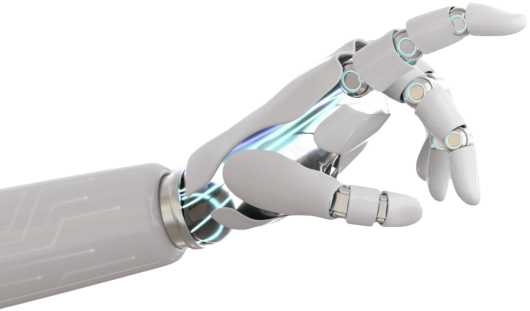
lnfomation Technology (IT) has a key role in the evolving manufacturing environment which is characterized by an increasingly change-based competition requiring timely and effective decisions. Computer Integrated Manufacturing (CIM) is considered an IT-focused platform through which the objectives of enhanced performance along with meeting diverse customer requirements can be achieved. Many efforts have been made towards defining CIM architectures and design and development methodologies. However, all of these implicitly assume a high level of IT affording virtually real time information flows and processing al the operational levels within a manufacturing enterprise. For Indian industry, these appear to be highly capital-intensive solutions. What is needed is a framework that assists phased development towards CIM in such a manner that IT effectiveness remains a pivotal issue. This should guide both the IT and Manufacturing System Specialist who typically do not fully appreciate the impact of their individual decisions on the performance of the overall system. This situation can result in potentially poor IT effectiveness. Thus, to facilitate a better understanding, it is important to identify a few key dimensions of an integrated IT and Manufatturing System design, that are major contributors to the manufacturing perfomance. In this paper a framework based on an IT perspective on Flexibibty (r). Integration (l) and Automation (A) is proposed. We suggest that in phased developments toward CIM, it is important to appreciate the synergism between F, I and A in order to achieve the IT effectiveness. To demonstrate the need for focusing judiciously on F, I and A at the operational level, we define a shop floor model and develop a discrete -event dynamic system simulator. The manufacturing system performance measure used is the makespan time for multiple products in a flexible syistem. The IT options for FIA at various levels are defined along with their logical implications on the decisional system of shop floor control. It is interesting to note that an increase in flexibility may be counter-productive if Integration and Automation are not available at an adequate level. Similar results are obtained for integration and automation, in relation to the flexibility levels. It is observed that the compatibility of F, I and A is important. Deviations from desired levels along any dimension (i.e. F, I or A) can cause a significant loss in performance. It is the synergy of FIA that contributes to higher performance. The industrial implication is that a careful analysis is required at each stage of phased CIM development for determining the compatible F, I and A levels.
Computer Integrated Manufacturing, Automation